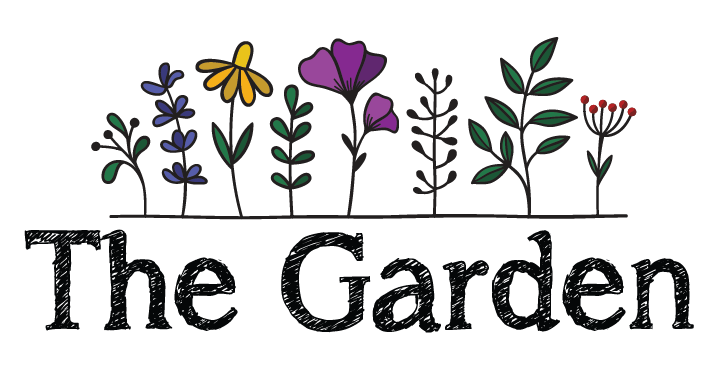_1701094867.jpeg)
Name: Autumn Sage 'Furmans Red'
Type: Salvia greggii
Description:
A hardy mid-season bloomer, This Sage prefers full sun and will grow up to about 3 feet tall, a nectar rich red beacon for nectar feeders far and wide!
A hardy mid-season bloomer, This Sage prefers full sun and will grow up to about 3 feet tall, a nectar rich red beacon for nectar feeders far and wide!
Location: Red
Sun Level: Full sun to mostly sunny
Bloom Time: Spring - Fall
Height: 30 in.
Spread: 24 in.
Care:
Because this plant grows so fast, the typical routine is to cut the plant down to just above ground level after blooming is finished in the fall; the new spring growth will be more vigorous with this treatment, and the plant will recover its full size within a matter of a few weeks.
Propagation:
An early-season shearing that removes about one-third of the stem length will cause the bush to become very dense and full, though it does slightly delay the first blooms. Flowers can be deadheaded as they fade and wilt; failure to do this may result in many volunteer plants, as this plant will self-seed quite vigorously. During the growing season, individual branches can be trimmed back to the main stems to keep the shrub full and nicely shaped. At the end of the growing season, it's best to severely prune the shrub back to just above ground level, which encourages quick and robust regrowth the following spring.
An early-season shearing that removes about one-third of the stem length will cause the bush to become very dense and full, though it does slightly delay the first blooms. Flowers can be deadheaded as they fade and wilt; failure to do this may result in many volunteer plants, as this plant will self-seed quite vigorously. During the growing season, individual branches can be trimmed back to the main stems to keep the shrub full and nicely shaped. At the end of the growing season, it's best to severely prune the shrub back to just above ground level, which encourages quick and robust regrowth the following spring.
Diseases:
Being nearly disease-free and fond of dry conditions, the autumn sage plant is overall easy to maintain, but there are a handful of pests to watch out for: Leafhoppers are tiny insects that may create small white or yellow spots on the leaves of autumn sage. The best solution is to use a horticultural soap; chemical pesticides can also control leafhoppers. Slugs and snails will arrive to feed if the ground is covered with too much moist mulch or plant debris. Autumn sage likes relatively dry conditions, which discourages these pests. Rosemary beetles feed on leaves, creating ragged holes. They are best hand-picked off the plants, but if you are squeamish about handling bugs, you can use pesticides to kill them. Remember, though, that chemical pesticides will also kill garden pollinators. Whiteflies and aphids can also be a problem with autumn sage; they are easily controlled with horticultural oils and soaps.
Being nearly disease-free and fond of dry conditions, the autumn sage plant is overall easy to maintain, but there are a handful of pests to watch out for: Leafhoppers are tiny insects that may create small white or yellow spots on the leaves of autumn sage. The best solution is to use a horticultural soap; chemical pesticides can also control leafhoppers. Slugs and snails will arrive to feed if the ground is covered with too much moist mulch or plant debris. Autumn sage likes relatively dry conditions, which discourages these pests. Rosemary beetles feed on leaves, creating ragged holes. They are best hand-picked off the plants, but if you are squeamish about handling bugs, you can use pesticides to kill them. Remember, though, that chemical pesticides will also kill garden pollinators. Whiteflies and aphids can also be a problem with autumn sage; they are easily controlled with horticultural oils and soaps.
